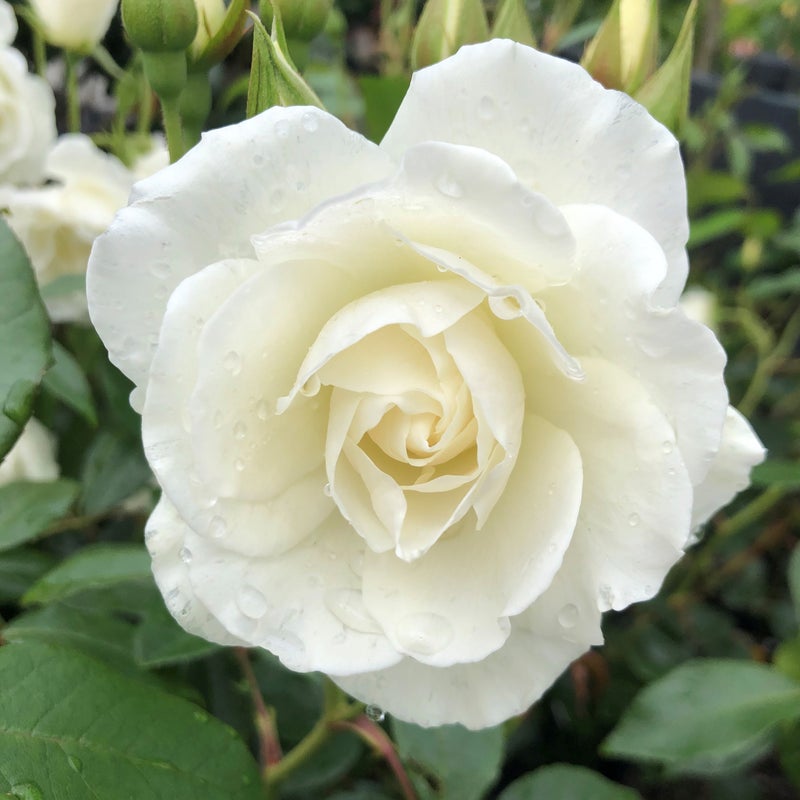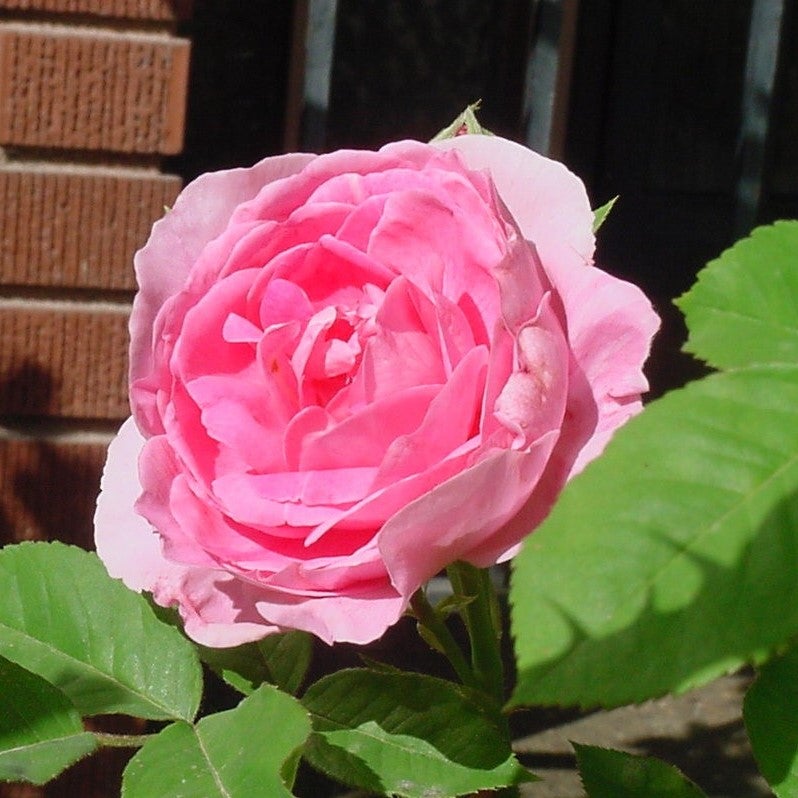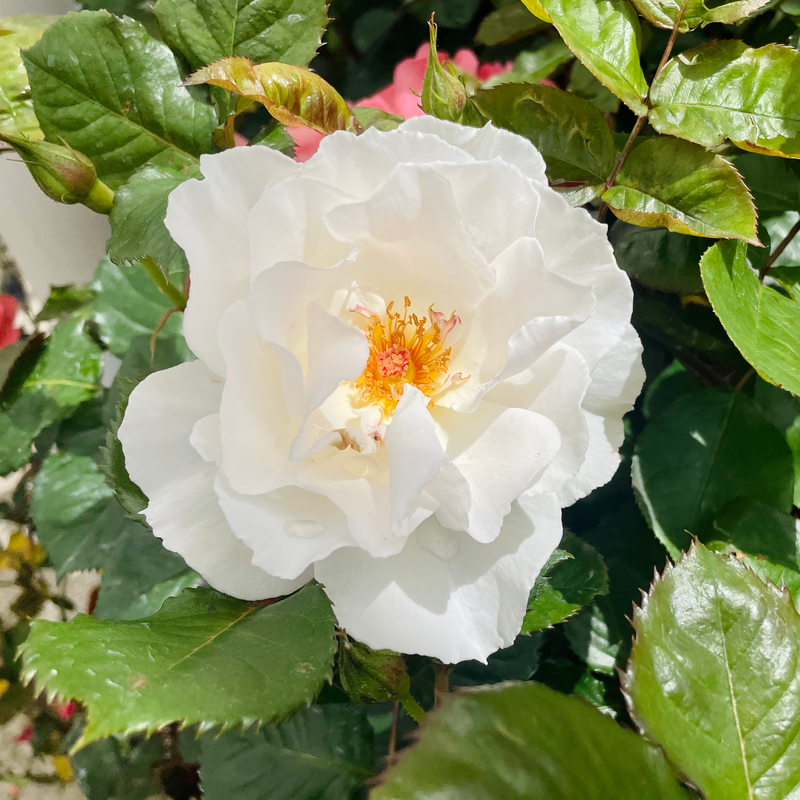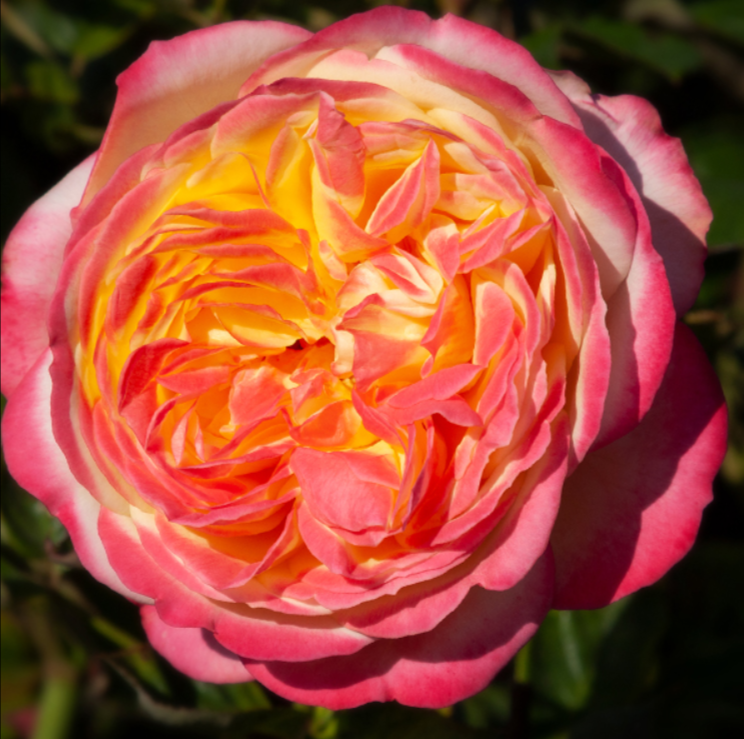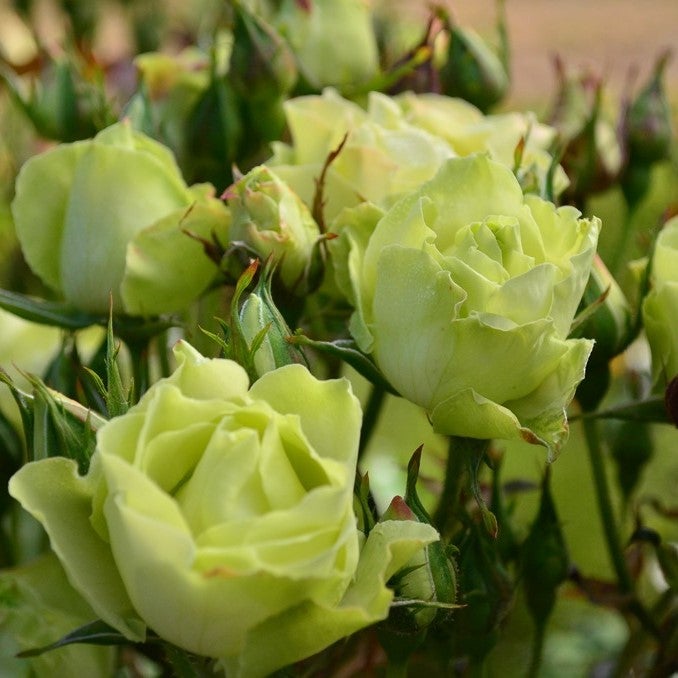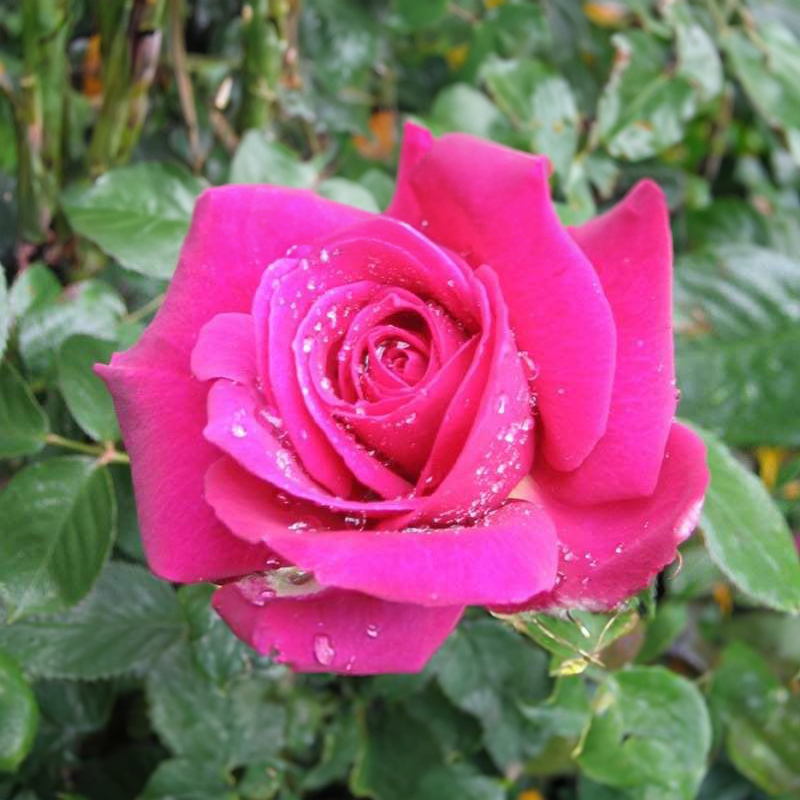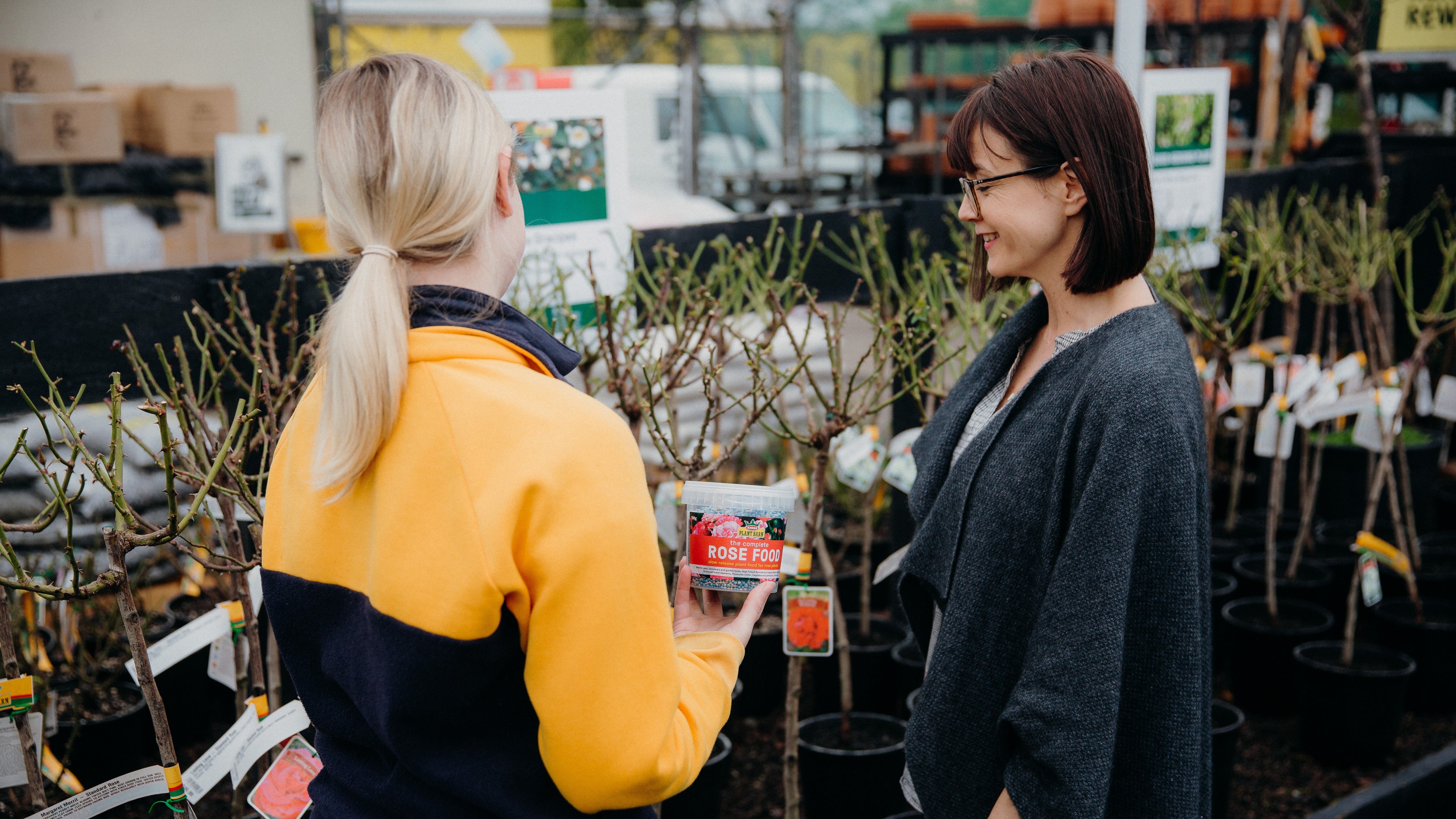
Rose Tips for Beautiful Blooms
15 Jun, 2023
Planting
Position
Finding the perfect spot for your rose is the first step towards success. Roses grow well in full sun, and free-draining soil that is rich in organic matter. If you’re in Auckland, make sure to choose a spot with good airflow to reduce the risk of fungal diseases.
Get your roses off to the best start with these steps:
Dig a hole at least twice the depth and width of the pot the rose came in. In heavier clay soils, dig a slightly bigger hole.
Leaving enough room for your plant, backfill the hole with a mix of your original soil, Kings Compost, and Kings Sheep Pellets, or use Kings Garden Mix. In heavier soils, break up the edges of the hole as you backfill to improve drainage and add a handful of ClayBreaker Gypsum.
Place your rose into the hole and backfill the rest with your mix and some of the remaining topsoil, making sure you press the soil down until it is firm. In heavier clay soils where drainage is likely to be an issue, plant into a slight mound. You can also add some pumice sand to your mix for even better drainage.
Mulch to finish, keeping it a few centimetres away from the trunk.
Once your rose starts to bloom in spring, here are some tips to keep you growing well:
Feed with a generous handful of Kings Sheep Pellets and Kings Slow Release Rose Food.
For an organic option, fertilise with Kings Sheep Pellets and Aquaticus Organic Garden Booster.
Regular deep watering in the drier months will keep your roses looking beautiful through summer. Leaving the hose on for 5 minutes once or twice a week to slowly and deeply water your roses is more effective than giving them a slight water every day. Try to avoid wetting the foliage and stem if you can.
Mulching suppresses the weeds and helps the soil to retain moisture.
Deadhead by cutting back to a 5 leaflet leaf set, where the stem is strong enough to support the next shoot. This will keep your rose looking tidy and ensure it flowers well in the future.
Pruning
Already have a rose in the ground? Late July is traditionally the best time to prune roses as it is the coldest time of the year, meaning the plant is in a dormant state. Before you start, make sure you have the right equipment, including sharp secateurs, sturdy gloves, a pruning saw, Yates Lime Sulfur (for the post-pruning clean-up spray), and pruning paste.
Here’s how to make the perfect cut:
- Cut back to a bud at a 45-degree angle.
- Seal cuts larger than 15mm with pruning paste.
- Check for suckers at the base of the plant, usually below the graft point, and remove any unwanted ones. The graft point is usually evident as a slightly crooked or dog-legged bump a few centimetres above ground level.
- For bush and standard roses, aim to create an open vase shape by removing dead, damaged or diseased shoots, thin twigs, and crossing branches. Shorten the remaining branches by at least one-third, trimming back to an outward-facing bud.
- For climbers, remove thin twigs, crossing branches, and open the rose up to increase airflow, then trim back by up to a third.
Expert Tip
After pruning, remember to clean your tools with a disinfectant. This helps prevent diseases from spreading between plants and keeps your garden in tip-top health.
